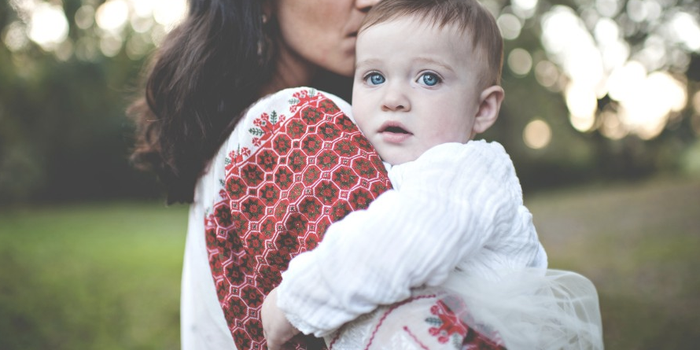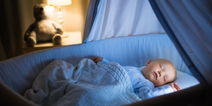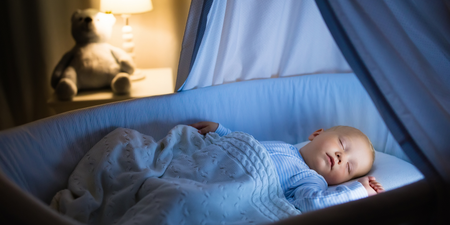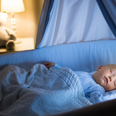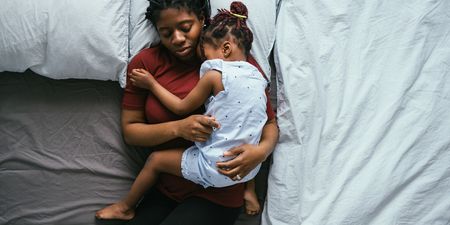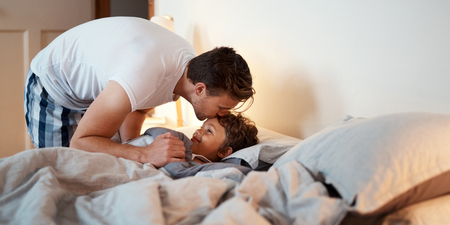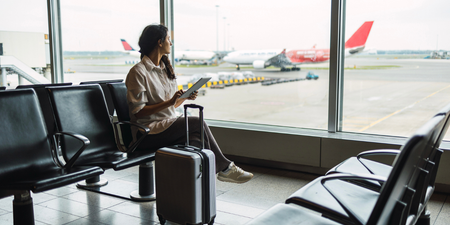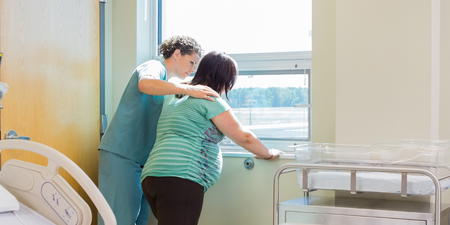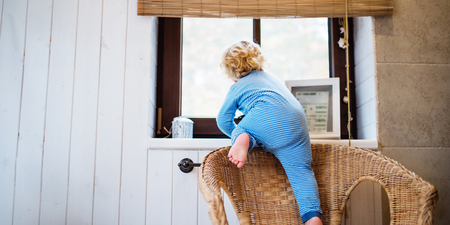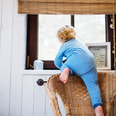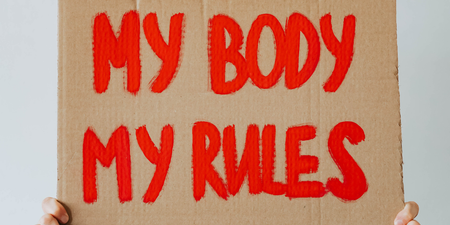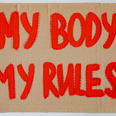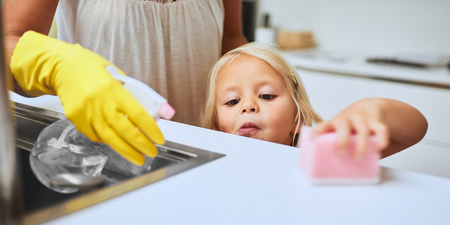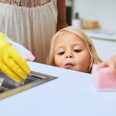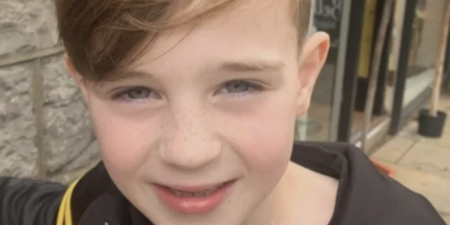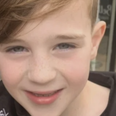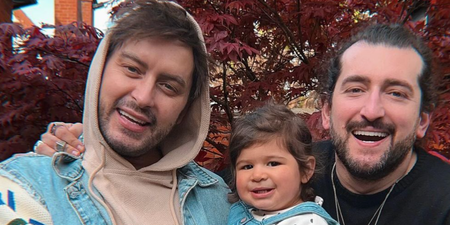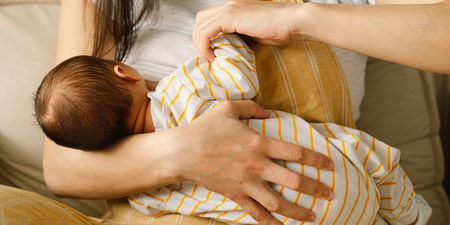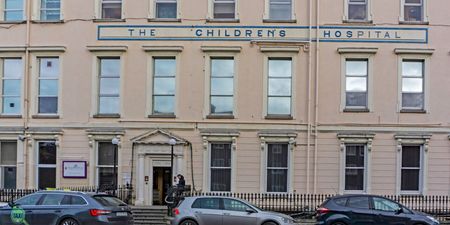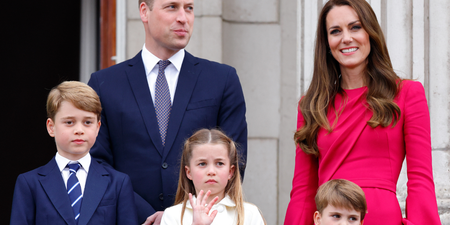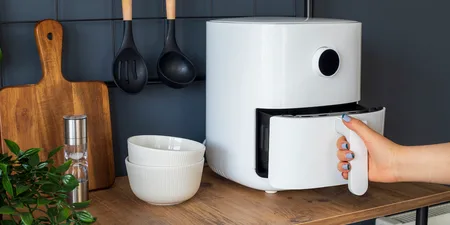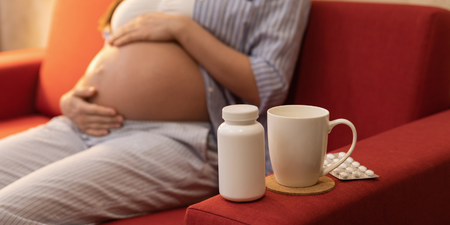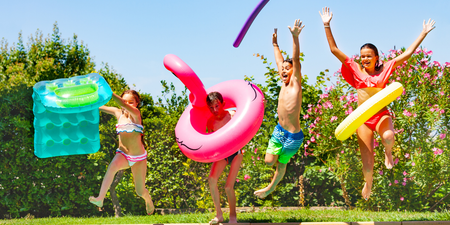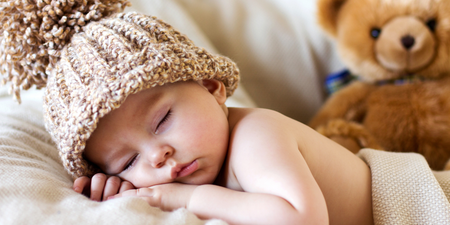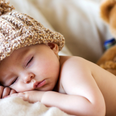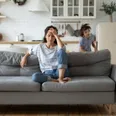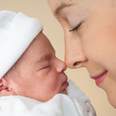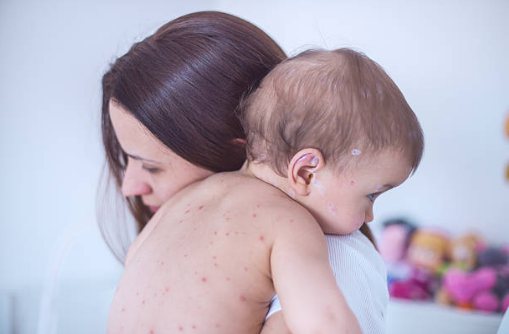Admission: When it comes to babies at bedtime, I am a total softie.
Meaning, at the slightest hint of a cry or sad little face, I would “rescue” my babies into the big bed, and snuggle them asleep, whether it was evening, middle of the night or way to early in the morning to even consider actually getting up.
My theory was – and remains – that there can never to be too many snuggles, and everyone who berated me for making a rod for my back and that my children will never learn to self-soothe or whatever; I literally just tuned them out. I’m pretty good at tuning out, as it happens. And anyway; my kids; my way.
The thing is, there has long been an ongoing debate on how we should be putting our babies to sleep, and mothers across the globe find themselves knee-deep in parenting advice on co-sleeping, cry-it-out and other methods meant to ensure you all get your best night sleep.
The cry-it-out method has lately taken a lot of bashing, with both parents and childcare experts deeming it cruel and harmful, but now a recent Australian study has found that CIO (“cry it out”) did not produce any more signs of stress in the infants than a “gentler” method.
Crying it out deemed harmless
Today.com reports that according to the study published last Tuesday in the journal Pediatrics, infants left to cry themselves to sleep will not suffer any emotional, behavioral or parental attachment problems.
“Both treatments helped the babies fall asleep quicker,” said the study’s lead author, Michael Gradisar, an associate professor and clinical psychologist at Flinders University in Adelaide, Australia. “However graduated extinction was better in reducing the number of times the infants woke during the night, as well as the amount of time they spent awake during the night.”
Gradisar and his colleagues randomly assigned 43 sets of infants and parents to one of three groups: graduated extinction, “bedtime fading,” or a control group in which parents just received information about infants and sleep. In the bedtime fading group, infants were put to bed a little later each night in the hopes that the children would drop off quicker if they were more tired.
The researchers kept track of when the babies were sleeping during the night with an ankle monitor and also measured a stress hormone, called cortisol, in the babies’ saliva the next day.
What they found was that the sleep method made little difference between the infants in terms of stress hormone levels. But interestingly, those who were in the “cry it out” group went to sleep faster and slept more soundly during the night than those in the other two groups.
It might be important to mention, however, that Gradisar and his colleagues found that by a year after the sleep training interventions, all of the babies, including those in the control group, were getting about the same amount of sleep. The researchers believe this to be because babies’ sleep health improves naturally as they get older.
Did YOU ever let your babies cry themselves to sleep? Let us know in the comments or tweet us at @Herfamilydotie
For more great and useful articles on baby sleep, make sure you hop on over to our Pinterest page and give us a follow there.
(Feature image via Heymama.com)
